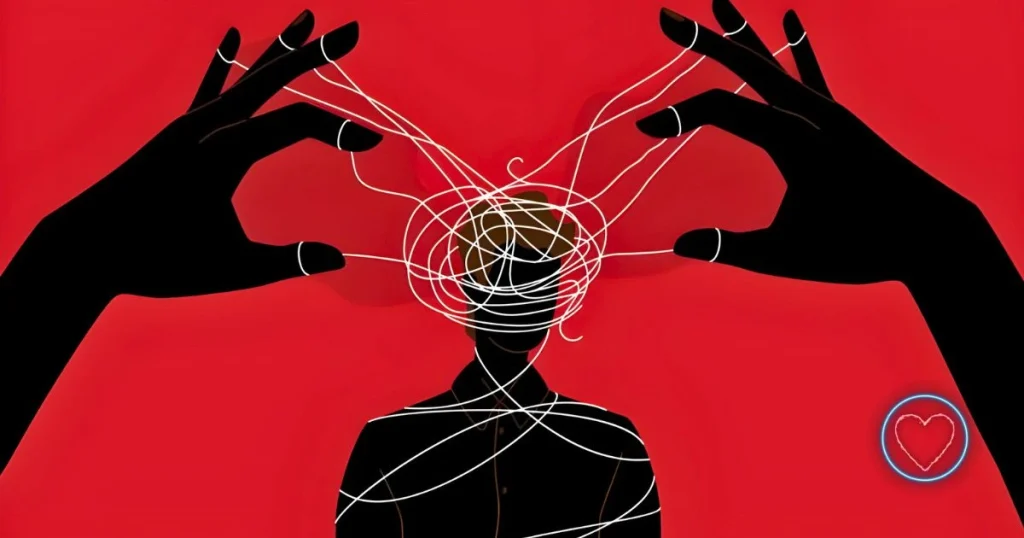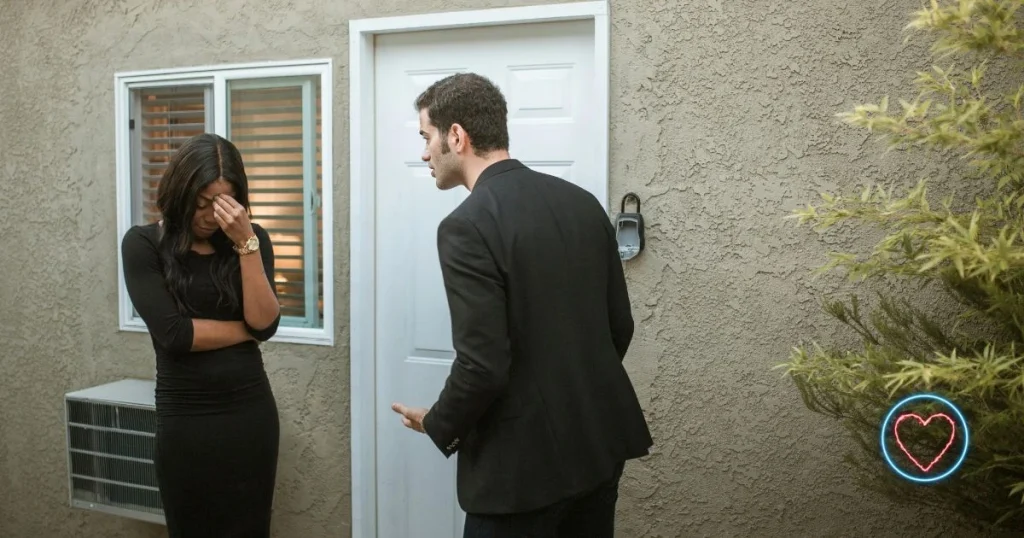Communication is the cornerstone of any healthy relationship, whether it’s romantic, familial, or professional. However, silence can be a tricky subject. Sometimes, people need space and quiet to process their thoughts and emotions. Other times, silence is wielded as a weapon—a harmful tactic used to punish or control another person. Understanding the difference between the silent treatment and healthy space is vital for maintaining emotional well-being and nurturing meaningful connections.
In this article, we will explore the key differences between these two forms of silence, why each arises, and how to recognize and respond to them effectively.
What Is the Silent Treatment?
The silent treatment is a passive-aggressive behavior where one person deliberately refuses to communicate with another, often as a form of punishment or manipulation. It is a form of emotional abuse because it aims to hurt, control, or dominate the other person without directly expressing anger or frustration.
Characteristics of the Silent Treatment:
- Intentional witholding of communication: The person purposefully ignores or refuses to respond.
- Punitive in nature: Used to punish or exert control.
- Prolonged silence: Can last hours, days, or even longer.
- Emotional manipulation: Designed to make the other person feel guilty, anxious, or confused.
- Lack of explanation: Usually, the person giving the silent treatment does not clarify what they are upset about.
- Creates tension: The silence escalates conflict rather than resolving it.
The silent treatment can be especially damaging because it leaves the recipient guessing, unable to resolve the underlying issue. This can lead to feelings of rejection, abandonment, low self-esteem, and anxiety.
What Is Healthy Space?
Healthy space, on the other hand, is a conscious, respectful decision to take a break from communication for self-care and reflection. It is a form of emotional self-regulation that can improve communication and overall relationship health.
Characteristics of Healthy Space:
- Mutual understanding: Both parties agree that a pause is needed.
- Temporary and time-bound: Space is taken for a specific period.
- Purposeful and constructive: The goal is to calm down, reflect, or gain perspective.
- Respectful: Does not intend to hurt or punish.
- Communicated clearly: The need for space is explained.
- Leads to resolution: The break helps individuals return to the conversation more calmly and openly.
Healthy space allows emotions to settle and helps avoid saying things in the heat of the moment that might cause further harm. It is a tool for growth and healing, rather than a weapon.
Why People Use the Silent Treatment
Understanding the reasons behind the silent treatment can help demystify this harmful behavior.
- Fear of confrontation: Some avoid direct communication because they fear conflict or rejection.
- Power and control: Using silence can be a way to control or dominate another person.
- Avoidance: It can be a defense mechanism to avoid dealing with uncomfortable emotions or issues.
- Passive-aggressive expression: Instead of openly expressing anger or hurt, some resort to silence.
- Lack of emotional maturity: Difficulty in managing emotions can lead to using silence as an unhealthy coping strategy.
Whatever the reason, the silent treatment rarely fosters positive communication or resolution. Instead, it creates a cycle of pain and misunderstanding.
Why Healthy Space Is Necessary
Healthy space is a sign of emotional intelligence and self-awareness. Here’s why it’s important:
- Prevents escalation: Taking a break avoids saying hurtful things in anger.
- Promotes reflection: Both parties can think through their feelings and perspectives.
- Reduces stress: Space allows emotions to calm, reducing anxiety and frustration.
- Encourages problem-solving: When people return from space, they can approach the issue more rationally.
- Maintains boundaries: Healthy space respects each person’s need for emotional safety and autonomy.
How to Recognize the Silent Treatment
Distinguishing between the silent treatment and healthy space is crucial. Here are some signs that someone might be giving you the silent treatment:
- They suddenly stop responding to calls, texts, or attempts at conversation without explanation.
- They avoid eye contact or physical presence.
- There is no indication or agreement about taking space.
- The silence is prolonged and accompanied by coldness or hostility.
- Attempts to talk or resolve are met with further silence or withdrawal.
- You feel anxious, confused, or punished during the silence.
If these signs appear, it’s likely the silence is unhealthy and manipulative.
How to Recognize Healthy Space
Healthy space usually looks quite different:
- The person asks for some time to cool off or think things over.
- There is clear communication about the intention behind the break.
- The space is limited in time and agreed upon by both parties.
- The tone remains respectful and calm.
- Both sides express a desire to reconnect and resolve the issue.
- After the break, conversation resumes with openness.
Healthy space feels like a reset button, not a barrier.
The Emotional Impact of the Silent Treatment vs. Healthy Space
Silent Treatment Effects:
- Feelings of rejection: The recipient often feels unworthy or unloved.
- Confusion and anxiety: Not knowing what caused the silence can create self-doubt.
- Resentment: Prolonged silence breeds bitterness and mistrust.
- Loneliness: The recipient may feel isolated or abandoned.
- Damage to self-esteem: Being ignored can erode confidence and self-worth.
- Cycle of dysfunction: Silent treatment often leads to more conflict and distance.
Healthy Space Effects:
- Emotional relief: The break helps ease tension.
- Clarity: Time to process feelings and thoughts leads to better understanding.
- Renewed connection: After space, conversations can be more productive.
- Strengthened boundaries: Respecting space promotes trust and autonomy.
- Growth: Both parties can develop emotional regulation skills.
What to Do If You’re Receiving the Silent Treatment
If you suspect you are on the receiving end of the silent treatment, here are some steps you can take:
- Stay calm: Don’t respond with silence or anger in return.
- Reach out gently: Try to open a line of communication with kindness.
- Avoid blaming: Instead of accusing, express how the silence affects you.
- Set boundaries: Let the other person know that silence as punishment is harmful.
- Seek clarity: Ask for an explanation if possible.
- Take care of yourself: Focus on your own emotional well-being and support network.
- Consider counseling: If the behavior is chronic, professional help may be necessary.
Remember, you deserve respect and open communication.
How to Ask for Healthy Space
If you feel overwhelmed or need time to process emotions, asking for healthy space can be done respectfully:
- Be honest and clear: “I need some time to think so I don’t say something I’ll regret.”
- Set a time frame: “Can we take a break and talk again in an hour/tomorrow?”
- Reassure: “This is about me needing space, not about you.”
- Agree on a plan: “Let’s reconnect later and work through this together.”
- Respect their response: Understand if the other person also needs space.
By communicating openly, healthy space becomes a tool for strengthening relationships.
How to Respond When Someone Asks for Space
When someone asks for space, honor their request by:
- Respecting their boundaries: Avoid pressuring them for immediate responses.
- Reassuring them: “Take all the time you need; I’m here when you’re ready.”
- Avoiding assumptions: Don’t jump to conclusions about what their silence means.
- Using the time wisely: Reflect on your feelings and prepare for a constructive conversation.
- Keeping communication open: Let them know you’re available without being intrusive.
Healthy space benefits both parties by promoting patience and understanding.
When Silence Becomes Toxic: Signs to Watch For
Sometimes, the line between healthy space and the silent treatment blurs. Here are warning signs that silence has become toxic:
- Silence lasts indefinitely without explanation.
- One person consistently uses silence to avoid responsibility.
- Attempts to discuss issues are met with refusal or avoidance.
- The silent partner uses silence to control or punish.
- Silence creates ongoing fear or anxiety.
- Communication breakdown causes isolation or emotional distress.
If these signs appear, it may be time to seek external support or reevaluate the relationship.
Cultivating Healthy Communication Practices
To prevent silent treatment and promote healthy space, consider adopting these habits:
- Practice emotional awareness: Recognize your feelings and express them constructively.
- Develop conflict resolution skills: Address disagreements calmly and openly.
- Use “I” statements: Communicate your feelings without blaming.
- Set clear boundaries: Know when you need space and communicate it respectfully.
- Encourage empathy: Try to understand the other person’s perspective.
- Check in regularly: Maintain open lines of communication.
- Seek professional help: Therapy or counseling can improve communication patterns.
Healthy relationships thrive on respect, honesty, and vulnerability.
Final Thoughts
Silence can either be a healing balm or a weapon of emotional harm. Understanding the difference between the silent treatment and healthy space is essential for protecting your mental health and nurturing meaningful relationships.
While the silent treatment wounds and isolates, healthy space restores calm and clarity. The key lies in intent, communication, and mutual respect. When both people feel safe to express their needs honestly, space can become a tool for growth rather than a barrier to connection.
If you find yourself caught in silence, ask yourself: Is this silence healing, or is it hurting? And don’t hesitate to seek support to foster communication that uplifts rather than breaks down.




















